글로벌 1위 스트리밍 서비스 넷플릭스는 1998년 “연체료 없는” DVD 대여 서비스로 시작해, 2007년 스트리밍을 출시하며 미디어 업계의 거대한 지각 변동을 이끌었다. 블록버스터라는 업계 거인과의 경쟁에서 승리했고, HBO라는 프리미엄 채널을 넘보며 “하우스 오브 카드”로 스트리밍 오리지널 시대를 열었다.
21세기 초반의 DVD 우편 대여가 디딤돌이었다면, 현재 넷플릭스는 오리지널 콘텐츠와 글로벌 스트리밍 플랫폼으로 전 세계 구독자를 사로잡고 있다. 블록버스터를 몰락시키고, HBO에서조차 거부했던 크리에이터 중심 제작 환경을 제공해 결국 할리우드 판도를 영구적으로 뒤바꾼 사례는, 기업 혁신과 디지털 전환의 대표적 성공 스토리로 불린다。
넷플릭스의 성공은 정확한 시기에 바람직한 의사 결정을 한 데 있다。
끊임없이 ‘미래’를 보고 베팅해온 넷플릭스의 행보는 앞으로도 미디어 지형을 계속해서 흔들어 놓을 것으로 보인다。 넷플릭스는 지금도 미디어 지형을 다시 쓰고 있다。
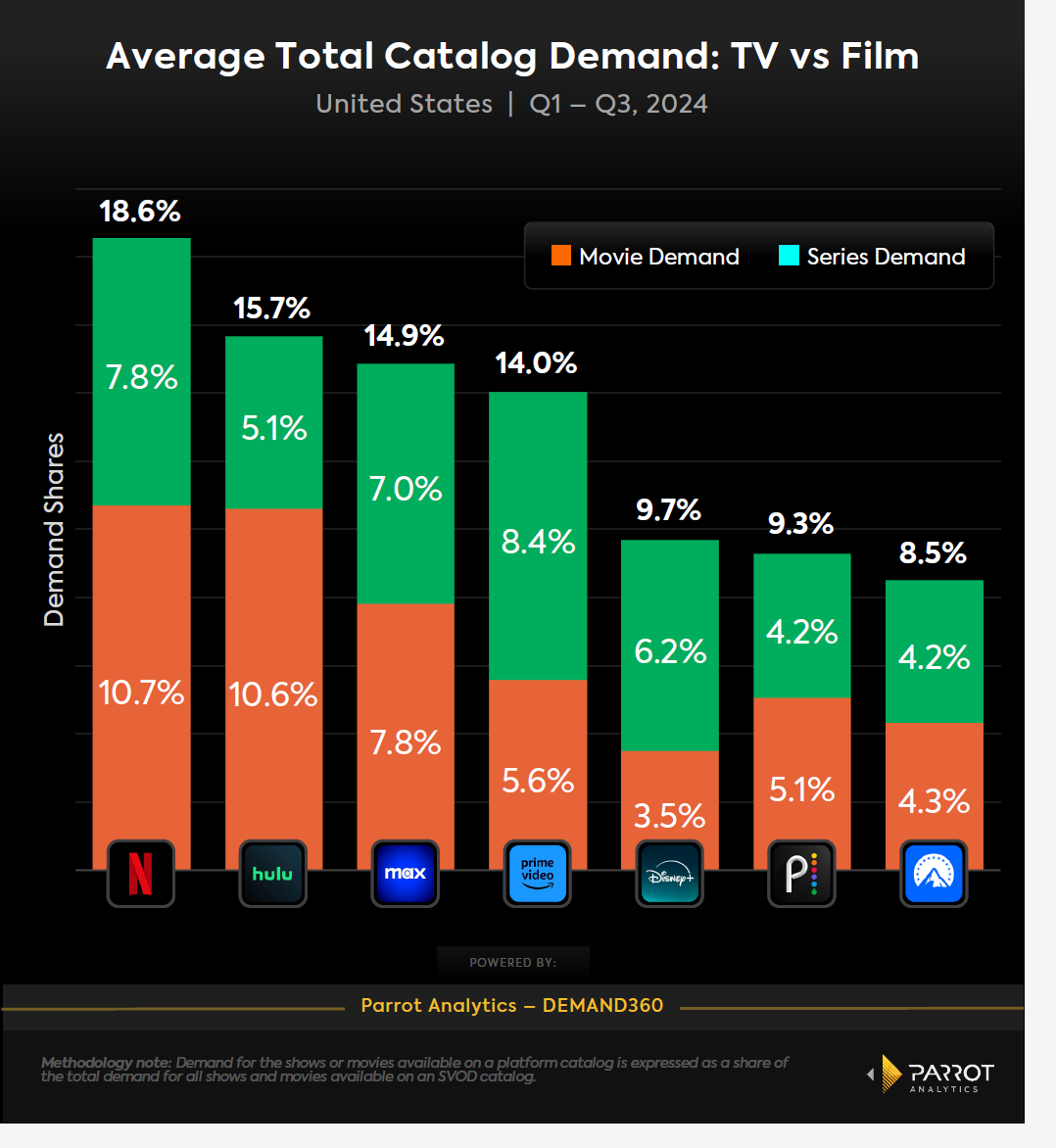
Netflix began in 1998 with a revolutionary DVD rental model that scrapped late fees. By 2007, it pivoted to streaming and forever altered the media world. It defeated Blockbuster, the titan of the home-video market, and challenged HBO’s dominance by producing “House of Cards.” If its DVD-by-mail service was the stepping stone, its meteoric rise owes much to original content and a global streaming platform.
By dismantling the rental giant Blockbuster and offering creative freedom that lured top talent away from established networks like HBO, Netflix permanently changed Hollywood’s ecosystem. Through continuous bets on “the future,” Netflix looks poised to keep reshaping the media landscape for years to come.
1998년, “연체료가 없습니다(No late fees).”라는 파격적인 슬로건을 내세우며 DVD 대여 서비스로 출발한 작은 회사가 있었다.
당시 세계 최대 비디오 대여 체인인 블록버스터(Blockbuster)는 9,000곳이 넘는 오프라인 매장을 앞세워 시장을 장악하고 있었지만, 뒤늦게 만난 도전자는 끝내 이 공룡을 무너뜨렸다. 넷플릭스는 블록버스터의 성공과 몰락과 관련한 시트콤과 다큐멘터리를 유통시키기도 했다.
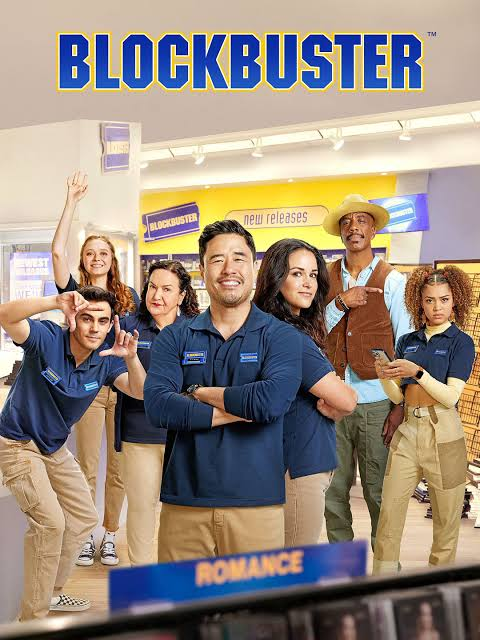
그 도전자가 바로 ‘넷플릭스(Netflix)’다. 수수료 체계를 혁신하고, 디지털 시대를 맞아 온라인 스트리밍으로 과감히 전환한 넷플릭스는 결국 헐리우드의 판을 바꾸는 거인이 되었다.
최근 버라이어티는 넷플릭스 공동 창업자 리드 헤이스팅스(Reed Hastings)와 초기 멤버, 업계 관계자들의 회고를 통해 넷플릭스가 어떻게 블록버스터를 몰락시키고 새로운 역사를 썼는지 조망했다. 이 기사는 버라이어티 기사를 중심으로 새로운 내용을 추가했다. 그리고 HBO로부터 ‘하우스 오브 카드(House of Cards)’를 빼앗으며 헐리우드를 송두리째 뒤바꾼 과정을 되짚는다.
“No late fees.” (연체료가 없습니다)
넷플릭스가 1998년 DVD 대여 서비스로 출범했을 당시, 가장 효과적이었던 마케팅 문구는 바로 “연체료 없음”이었다. 이는 당시 사람들이 블록버스터(Blockbuster)에 대해 가장 불만을 품었던 지점을 직접 겨냥한 것이었다. 전 세계에서 9,000곳이 넘는 매장을 보유한 최대 비디오 대여 체인 블록버스터는, 제때 영화를 반납하지 못한 고객들에게 무거운 연체료를 물리는 방식으로 막대한 수익을 올리고 있었다.
“블록버스터 모델에서 가장 큰 불만은 연체료였죠(“It was an obvious sore spot). 집에서 영화를 빌려보는 걸 사람들은 좋아했지만, 연체료 때문에 괴로워했어요. 그래서 우리는 전혀 다른 무언가를 만들기로 했습니다.”
- 리드 헤이스팅스, 넷플릭스 공동 창업자
넷플릭스는 단순히 연체료를 없애는 데서 그치지 않았다. 고객들이 DVD를 원하는 만큼 오래 보유해도 되는 ‘무제한 대여’ 개념을 월 정액제 구독 모델( a monthly flat fee)에 접목했다. 거기에 더해, 넷플릭스는 DVD를 고객 집으로 직접 배달했다. 굳이 가까운 블록버스터 매장에 차를 몰고 가서, 빼곡한 선반 사이를 뒤져가며 볼 만한 영화를 찾을 필요가 없어진 것이다.
그러나 넷플릭스 내에서도 이러한 비즈니스 모델에 대한 우려는 있었다.
“솔직히 무서웠어요. 블록버스터는 연체료가 매출의 핵심 동력이었어요(Late fees were the gas in Blockbuster’s tank). 모두가 연체료를 싫어했지만, 그 연체료 없이는 수익 구조가 취약해진다는 게 문제였죠. 그래서 이게 과연 어떻게 작동할까 고민했어요. 하지만 리드는 과감했고, 모든 걸 걸고 승부수를 던졌어요.”
- 패티 맥코드(Patty McCord), 1998년 채용되어 넷플릭스 최고인재책임자(Chief Talent Officer)까지 역임
결과적으로 이 도박은 성공했다. 별다른 주목을 못 받고 시작했던 넷플릭스는 현재 테드 사란도스(Ted Sarandos)와 그레그 피터스(Greg Peters)가 리드 헤이스팅스의 뒤를 이어 이끄는 초대형 미디어 기업으로 성장했다. 글로벌 시장에서 유일하게 구독자 3억 명이 넘는 스트리밍으로 성장했다.

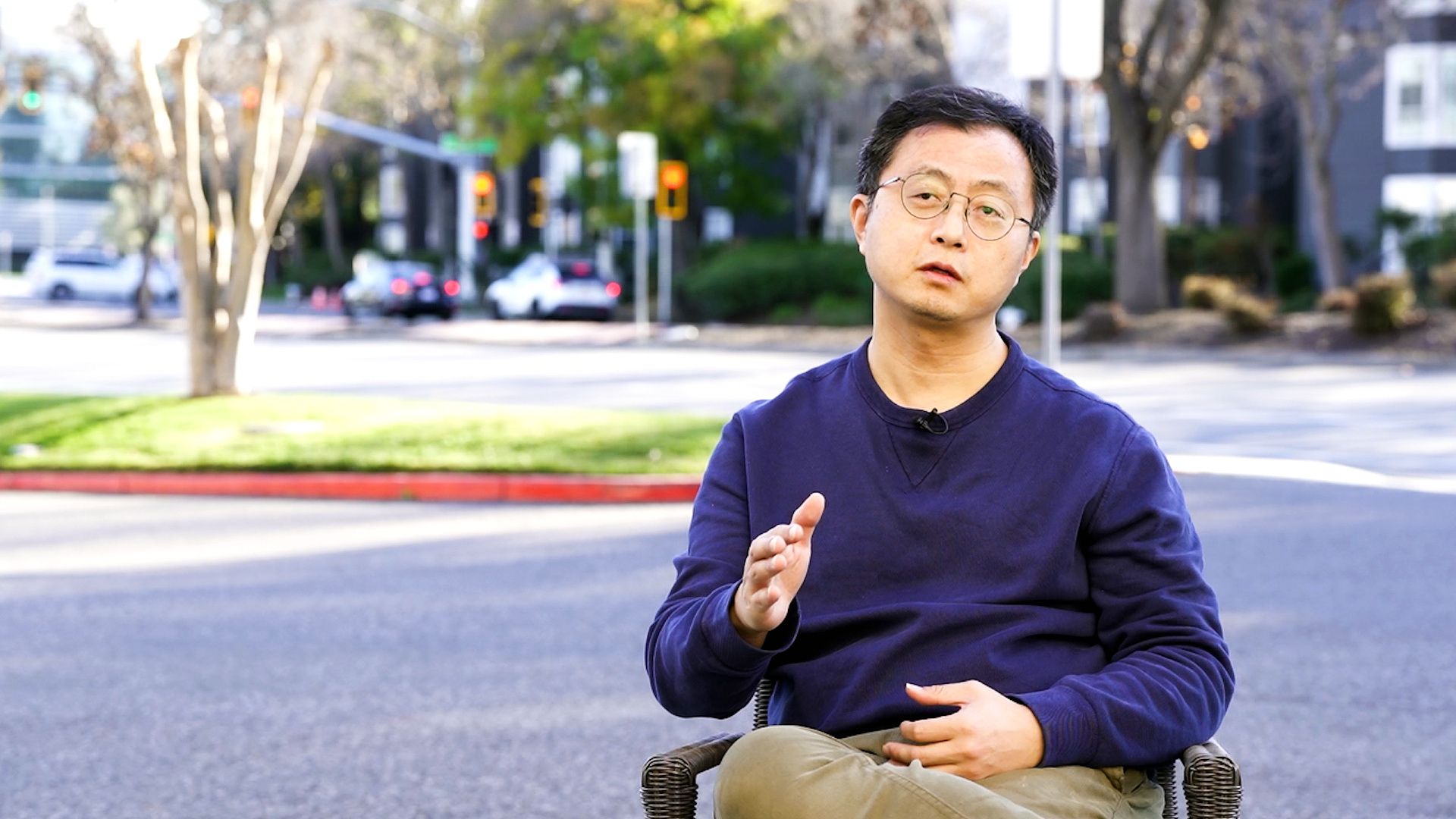
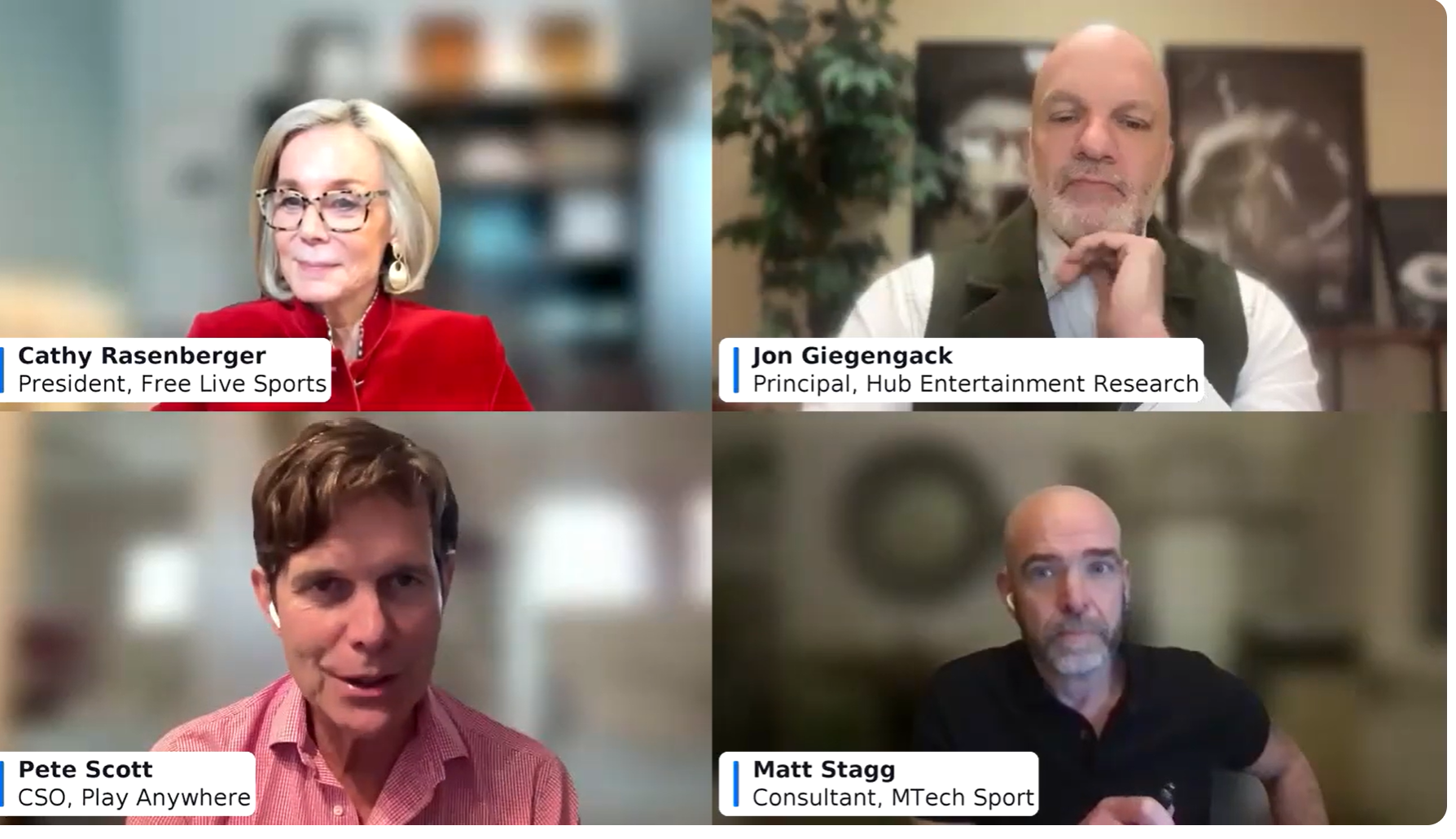


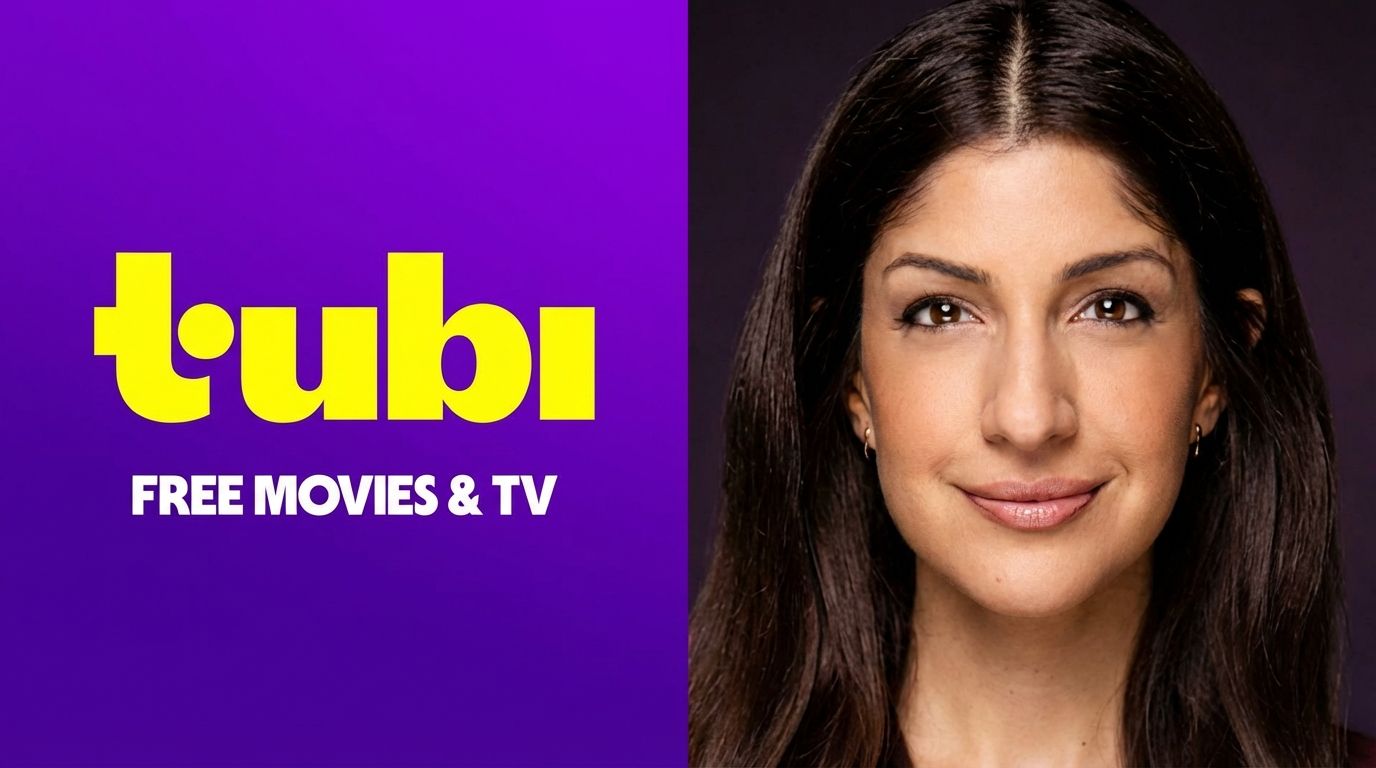
![[보고서]디즈니의 IP 플라이휠, 1957년 메모에서 시작된 100년 전략](https://cdn.media.bluedot.so/bluedot.kentertechhub/2025/12/vtekpo_202512140501.png)
![[리포트]글로벌 스트리밍 대전환과 FAST 시장의 부상](https://cdn.media.bluedot.so/bluedot.kentertechhub/2025/12/7jw8up_202512120304.png)
![[보고서]K-콘텐츠, 몰입형 공간 새로운 경험](https://cdn.media.bluedot.so/bluedot.kentertechhub/2025/12/je15hi_202512061434.png)



![[K콘텐츠와 K FAST]](https://cdn.media.bluedot.so/bluedot.kentertechhub/2025/11/zxwbgb_202511241038.jpg)
![[모집]1월 9일~14일 글로벌 AI 스템 캠프(자료집)](https://cdn.media.bluedot.so/bluedot.kentertechhub/2025/11/3kf0x5_202511031830.png)
![[MIPCOM2025]글로벌 엔터테인먼트 트렌드](https://cdn.media.bluedot.so/bluedot.kentertechhub/2025/10/duxlsp_202510170000.png)
![[보고서]생성AI와 애니메이션](https://cdn.media.bluedot.so/bluedot.kentertechhub/2025/09/c49fxu_202509271057.png)